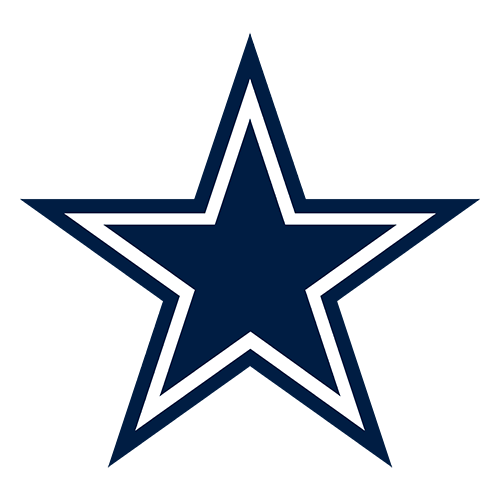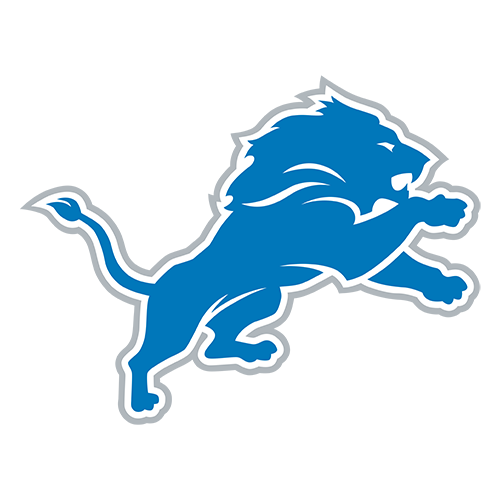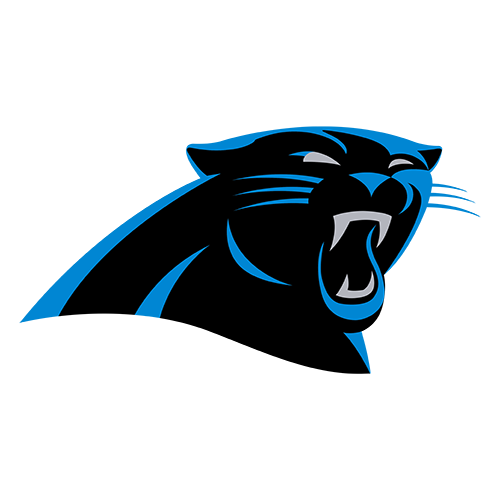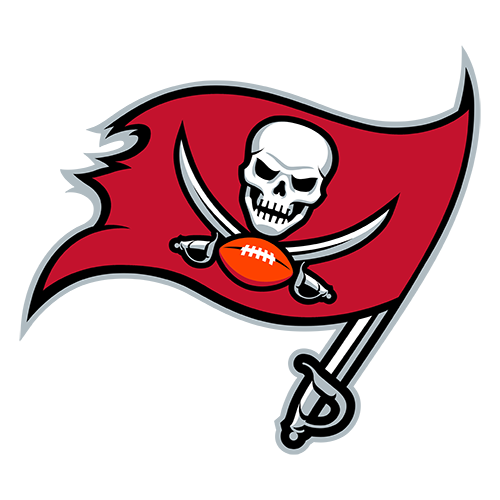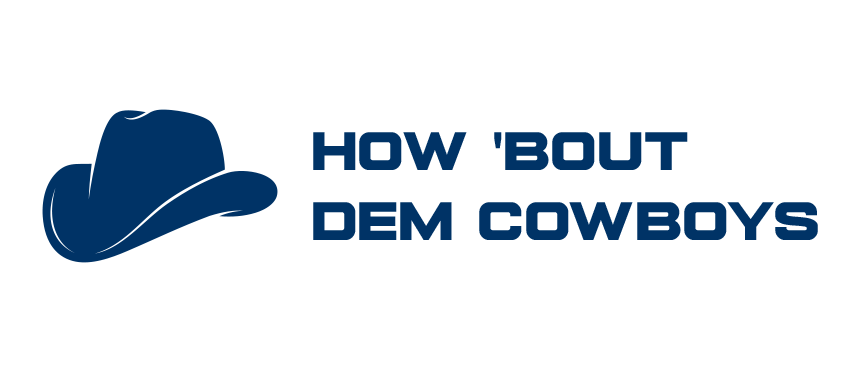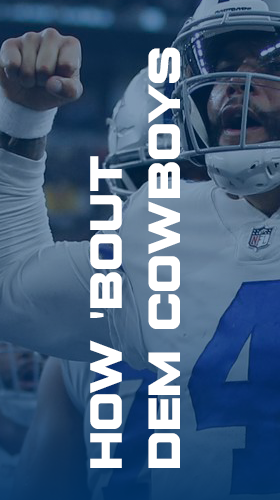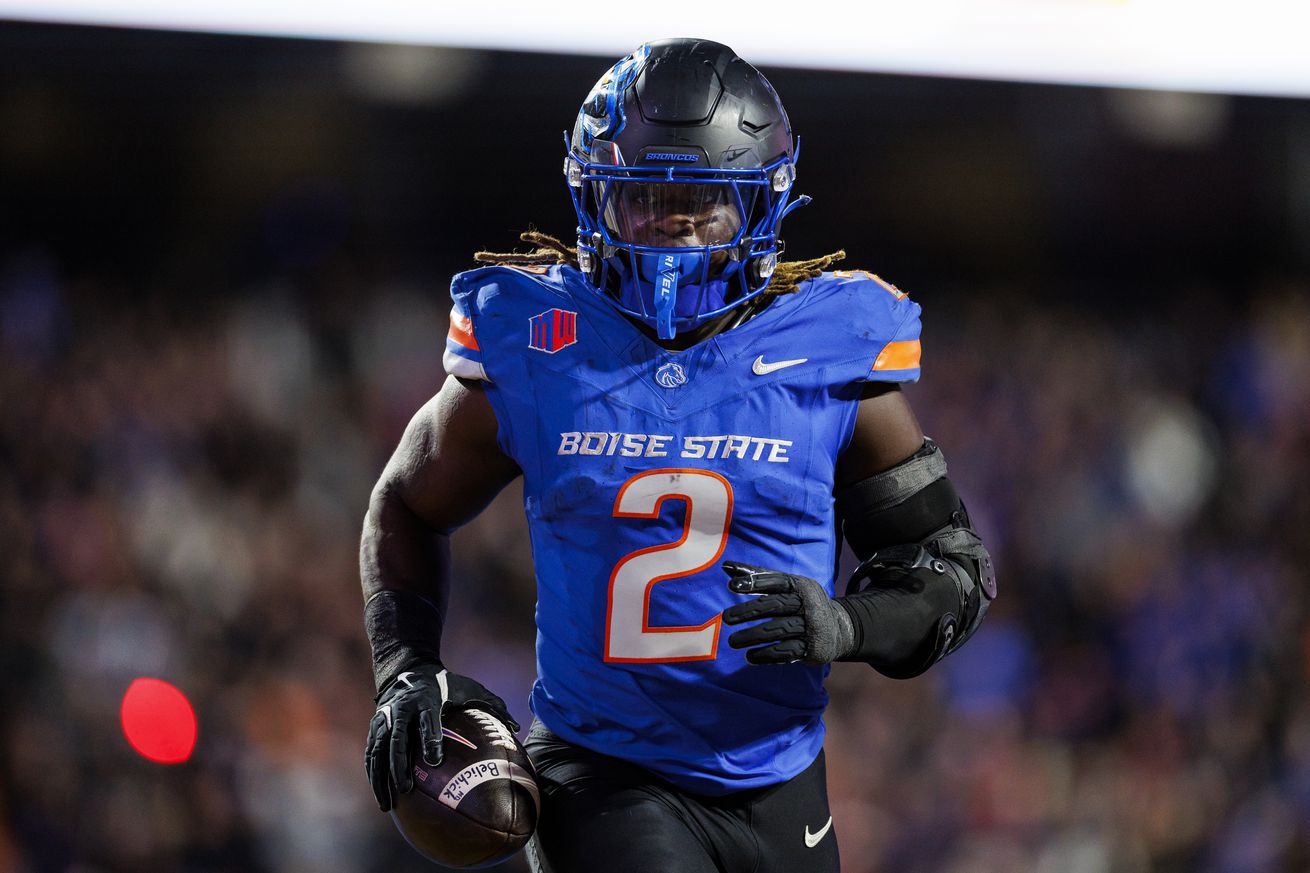
The Cowboys don’t need Jeanty to succeed on the ground
The Dallas Cowboys are firmly committed to improving their run game in 2025. Brian Schottenheimer brought it up a few times in his introductory press conference, and the hiring of Cardinals offensive line coach Klayton Adams to be the offensive coordinator – a few days after Stephen Jones stressed the importance of run schemes – cements that focus.
Of course, one takeaway from the Cowboys’ recent moves revolve around the running back position. Rico Dowdle broke 1,000 rushing yards on the season, but his contract is set to expire and the expectation is he’ll at least test the free agency market. That leaves a hole at running back, which many believe Schottenheimer and Adams will seek to fill by drafting Boise State star Ashton Jeanty with the 12th overall pick.
On the contrary, though, the hiring of Adams suggests the exact opposite.
The Cardinals enjoyed one of the league’s best run games the last two years, but much of it came down to the creativity of Adams and his offensive coordinator, Drew Petzing, in the way they designed their run game. The focus on pulling blockers freed up plenty of room to run, making it easier on running back James Conner.
Conner, who served as a bellcow for the Cardinals, helped finish top 10 in rushing each of his two years with Adams coaching the offensive line. Conner himself was a third-round pick back in 2017, starting his career with the Steelers and primarily working as part of a rotation. While he had been productive, topping 700 rushing yards in four of his first six seasons, Conner didn’t cross the 1,000 yard mark until Petzing and Adams arrived.
Conner initially came to the Cardinals (pre-dating the current coaching staff) on a cheap one-year deal. Arizona then re-signed him to a three-year extension that paid him an average of just $7 million, about the middle of the running back market at the time. He received another extension heading into the 2024 season, upping his annual average to $9.5 million. Even with that pay bump, Conner is outside of the top five at his position and his total contract value ranks 13th.
Prior to Adams joining the Cardinals, he spent four seasons under Frank Reich with the Colts. There, he also was part of a run game that didn’t require heavy investments at the running back position. Indianapolis finished top 10 in rushing in three of those years, with one season featuring a trio of Marlon Mack, Jordan Wilkins, and Jonathan Williams (none of whom are still in the NFL) while they later found great success with second-round rookie Jonathan Taylor.
Adams’ mentor in Arizona, Petzing, also has a track record of success without major investments in the position. Petzing is a long time disciple of Browns head coach Kevin Stefanski, whose offense has put up great rushing totals with the likes of Nick Chubb, Kareem Hunt, D’Ernest Johnson, Demetric Felton, Jerome Ford, and Pierre Strong Jr. None of those runners were first-round picks, and only Chubb has been paid significant money. Even so, Chubb has never been in the top five in annual average at his position.
Of course, there’s also the fact that the last two players to rush for 1,000 yards in Dallas – Dowdle and Tony Pollard – were not high draft picks and also were not paid top-market money. In fact, the Cowboys have had six players top 1,000 yards in a season since the Emmitt Smith days, and the Cowboys used a first-round pick on exactly one of them: Ezekiel Elliott.
The organization itself has proven exactly what Adams has witnessed firsthand: you don’t need to invest heavily into the running back position to have a great run game. Between Schottenheimer and Adams, the Cowboys can build a scheme that will make any running back look good.
While that includes Jeanty, there is no reason to spend such premium draft capital on him when the Cowboys have other glaring needs that could be addressed in the first round.
